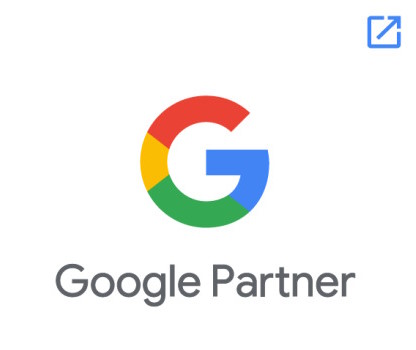Many business owners will ask some form of “How much of my advertising should go to radio and how much to TV?” as one of their traditional media questions. Though this is a very understandable question, there is no silver bullet that will be the perfect mix for all people. When it comes to determining your radio vs TV budget allocation, it can help to have a team of experts on your side.
At Mark Thomas Media, we do not take a one size fits all approach to your marketing mix, but instead consider many different factors when planning how to best allocate your radio and TV budget for your specific business.
How We Customize Your Media Plan
1. Type of business you are advertising
Much of the radio vs TV budget debate will depend on what type of industry you are in. For instance, a quick serve restaurant like Zaxby’s or Bojangles would benefit more from a radio campaign than a company that sells large ticket items requiring more consideration, like a bathroom remodel. Additionally, it’s also important to consider what will move a consumer to action. With no visual aid, copy is crucial. Describing a hot, flakey Bojangles biscuit with the perfect amount of juicy sausage and freshly scrambled egg might be effective. Saying they are 2 for 1 for a limited time might be even more effective in driving someone to stop at a Bojangles. However, this might not translate the same to bathroom remodeling because both the visual description component and the possible offer aren’t as compelling with a bathroom.
2. How fragmented is the market?
Another very important consideration MTM takes when planning your radio vs TV budget ratios is how fragmented the market is for each. A fragmented market occurs when there are many different options to reach the same audience. All markets in today’s age are fragmented – there are no if, ands, or buts about it – but some markets have stronger market leaders than others. If you are trying to advertise in a market with 5-10 radio stations that have similar ratings (percentage of the audience), you are going to have to buy more stations to reach a large enough percentage of the audience to be effective. If, however, there is a 92% cable penetration in that market, it’s possible to stretch the dollar further in one medium by putting money into cable vs. radio. Conversely, in places such as Greenville, NC, both Spectrum and Suddenlink have cable presences – meaning cable in this market is fragmented – so broadcast TV and a top rated radio station might stretch the dollar further in reaching the target audience in this market.
3. Seasonality
When planning a media campaign, MTM will also take into account both the seasonality of the business being advertised and the seasonality of the media being utilized. Our pest control client will need a heavier advertising presence in the summer months when pests become a bigger problem for clientele. Because broadcast TV viewership does not have any prime-time TV show premieres in the summertime, TV viewership typically decreases some in the summertime on broadcast TV. Cable, however, has used this opportunity to air new programs in the summer to try and steal a share of the viewers during this time. Additionally radio listenership tends to go up in summer months as more people travel, have cookouts, and go to the beach. In light of these factors, it would make sense for our client to have a larger radio or cable budget than a company that mainly does their business in the fall/winter months.
These are just a few of the factors that we consider at MTM when planning your radio and TV budget ratios for your specific business. If you are interested in learning more or if you would like us to create a custom plan for your business, we’d love to partner with you! Feel free to contact us here to set up a free consultation now.




